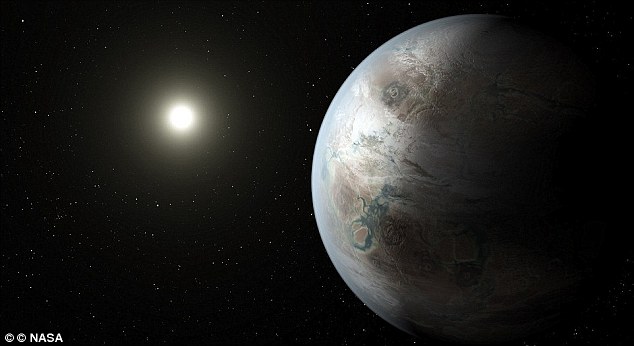Researchers at Cambridge University found that the chances of life developing are tied to the type and strength of light they receive from their star. And they have isolated a range of planets that could have the same conditions, and where life might already have begun in the same way.
Published in the journal Science Advances, the study suggests that if a star is giving off enough light, it could kickstart the beginnings of life itself. The UV light appears to power a series of chemical reactions that are central to the beginnings of life.
And there are a range of planets that have just that amount of UV light, the researchers say. Many of them not only have the right kind of light but are also of the right temperature to ensure they have liquid water on their surface.
Taken together, those planets could offer an important place to search for alien life.
“This work allows us to narrow down the best places to search for life,” said Dr Paul Rimmer, a postdoctoral researcher and the paper’s lead author. “It brings us just a little bit closer to addressing the question of whether we are alone in the universe.”
The work relies on research done by Professor John Sutherland, which looked for the chemical origin of life on Earth. It found that it could have been helped by the poison cyanide – once that is formed, it is thought to interact with various parts of the environment including light from the sun, and create the chemicals required to make life begin.
That was tested out by putting those chemicals under strong UV lights, where they generated the most basic ingredients of the chemicals needed for life.
The new research drew on that work but looked at the exact kinds and strength of light that was required for such interactions.
“I came across these earlier experiments, and as an astronomer, my first question is always what kind of light are you using, which as chemists they hadn’t really thought about,” said Dr Rimmer. “I started out measuring the number of photons emitted by their lamps, and then realised that comparing this light to the light of different stars was a straightforward next step.”
They found that stars roughly the same temperature as our sun emit the right amount of light for the building blocks of life to form. But cooler stars do not seem to work, and so any planets where the interactions happen will need to have the right kind of stars.
There are many planets that seem to fit that category, including several exoplanets found by the Kepler space telescope. Scientists expect to find many more candidates in the coming years, with the use of brand new space telescopes like Nasa’s newly launched Tess.
It is possible that life might have developed on entirely different planets, in its own way, the researchers noted, but looking for life that began like it did on Earth is the most natural step.
“I’m not sure how contingent life is, but given that we only have one example so far, it makes sense to look for places that are most like us,” said Dr Rimmer. “There’s an important distinction between what is necessary and what is sufficient. The building blocks are necessary, but they may not be sufficient: it’s possible you could mix them for billions of years and nothing happens. But you want to at least look at the places where the necessary things exist.”
The Independent
More about: science
















































